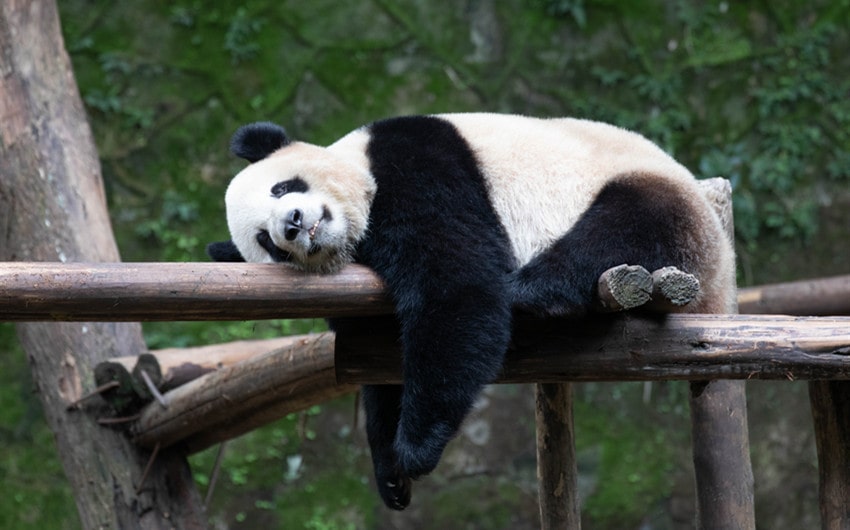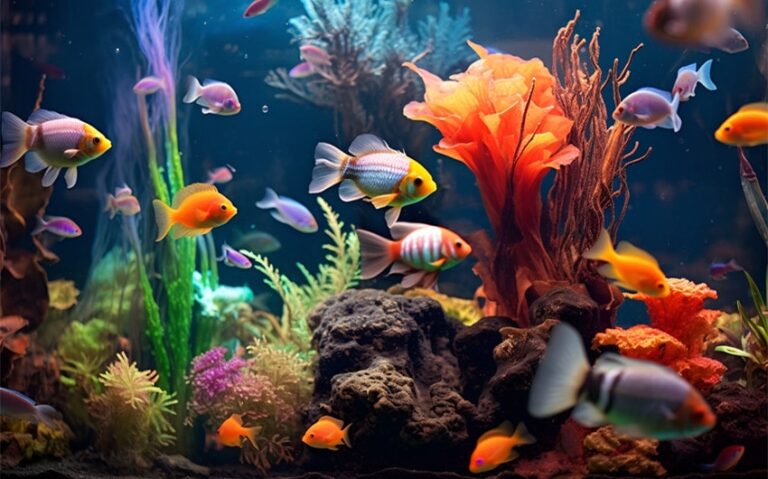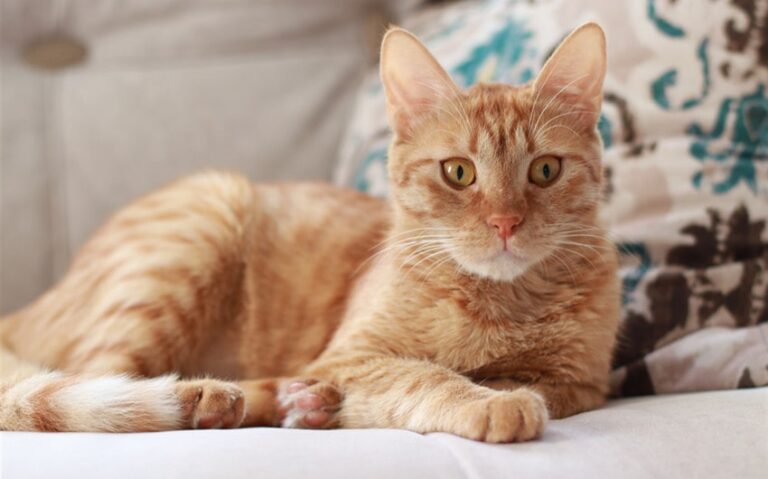Why Are Pandas So Clumsy (And Do They Know It?)
I’ve lost count of how many panda videos I’ve watched—pandas tumbling off playgrounds, pandas sliding down hills, pandas falling off logs like tipsy toddlers. I’ll admit it: I’ve rewound some of those clips just to laugh again. But after a while, I started wondering—why are pandas so clumsy? Is it just their thing? Or are we all projecting chaos onto a species that’s just… doing its best?
The Myth of the Fluffy Oaf
Let’s start with the obvious: pandas look clumsy. They have big round bellies, short limbs, and the general vibe of someone who’s late to a meeting but still wants snacks first. When they fall, it’s never graceful. When they walk, it’s a lumbering wobble. It’s easy to watch them and think, “Wow, they’re bad at being animals.” But it turns out we’re only seeing one part of the story—the cute, curated, internet-optimized part.
Most of the viral videos come from panda research centers and zoos, where pandas are often young, playful, and surrounded by human-made structures like slides and platforms. These environments are designed for stimulation and enrichment, which encourage behaviors like climbing, sliding, and roughhousing—activities where occasional stumbles are part of the fun. And let’s be honest, a panda tripping over a log is way more entertaining than one calmly munching bamboo.
In the wild, pandas are much harder to observe and far less likely to act like slapstick comedians. They move slowly, climb trees for safety, and spend most of their time foraging and eating. They aren’t bumbling around in the same way we see in videos. So while clumsy behavior isn’t a total illusion, it’s definitely amplified by the environments we put them in and the way we choose to film and share them.
Biology Doesn’t Prioritize Grace
That said, pandas aren’t exactly built for elegance. They’re members of the bear family, but unlike their grizzly cousins, they don’t need to run fast or hunt with precision. Their main job is to eat bamboo—a job they do for up to 14 hours a day. With that kind of slow-paced lifestyle, evolution didn’t pressure them to develop sleek agility. Instead, they’ve got powerful jaw muscles, an opposable thumb-like bone for gripping stalks, and digestive systems that are hilariously ill-equipped for the job (they’re carnivores that eat plants—go figure).
Evolution has tailored their body to be a bamboo-processing machine, not a ninja. Their thick limbs and heavyset bodies help them sit upright while eating for hours. Their curved claws assist with climbing, not precision. And that big belly? It’s less about fat and more about the giant gut they need to digest all that low-nutrient fiber. So no, they aren’t meant to leap through treetops or sprint across fields. Their bodies are designed for stability, not speed—and sometimes, stability still comes with a few tumbles.
They also lack a lot of the agility we associate with carnivorous predators. They don’t chase prey, they don’t wrestle animals into submission. Their biggest daily struggle is choosing the best bamboo stalk. In that context, the occasional topple or slip makes more sense—it’s not a flaw, it’s a non-issue. Nature didn’t give pandas grace because they never needed it.
Panda Cubs: Masters of Mayhem
If adult pandas look clumsy, baby pandas take it to a whole new level. Watching a panda cub try to climb anything is like watching a toddler attempt a cartwheel. Their coordination is still developing, their bodies are comically oversized, and they have zero shame about toppling over in public. And that’s exactly what makes them internet darlings.
Developmentally, panda cubs follow a similar path to many mammals—they’re born underdeveloped, spend the first few months with limited mobility, and then gradually gain coordination. The difference is, panda cubs are unusually round, unusually wobbly, and unusually expressive. Combine that with a high center of gravity and curiosity that outpaces their balance, and you’ve got a recipe for delightful disaster.
In the wild, these clumsy antics happen too—but they’re hidden in the dense mountain forests of central China, far from smartphone lenses. Captive cubs are more visible and more documented. So we get an exaggerated view of their chaos. That said, the clumsiness does serve a purpose: it helps them build motor skills, develop muscle, and learn their limits. It’s evolution’s way of giving them permission to fall until they figure out how not to.
They’re Actually… Kind of Athletic?
Here’s the twist I didn’t expect: wild pandas are way more capable than the panda content suggests. They climb tall trees to escape predators. They navigate rocky mountain terrain. They can even swim. Their limbs might look stubby, but they’re strong and flexible. Just because they don’t move with the ballet grace of a cat doesn’t mean they aren’t adapted to their environment.
In fact, adult wild pandas often spend time high in the forest canopy—sometimes sleeping or hiding in treetops for hours. They can scale vertical tree trunks with surprising speed when startled, and they’re more agile on rocky terrain than their captive counterparts. Most of what looks like laziness or sluggishness is just conservation of energy. Bamboo isn’t very nutritious, so they have to eat a lot of it—and move as little as possible to make it last.
Even their playfulness can be misleading. In the wild, pandas play far less than in captivity. They’re more cautious, more solitary, and more focused on survival. But when we build obstacle courses for them and give them toys and treats, they engage—because they’re smart, curious animals. But let’s not confuse curiosity-driven clumsiness with incompetence. In their element, pandas are surprisingly resourceful and physically capable.
Do Pandas Know They’re Clumsy?
I don’t know if pandas are self-aware in the way humans are. They probably don’t ponder their clumsiness over a leafy meal. But they do seem unbothered by it. When they fall, they get up. When they stumble, they try again. There’s a sort of zen resilience to it. They exist, they bumble, and they continue on. And maybe that’s what makes them so appealing—we see ourselves in their fumbles, and we wish we could recover with that much chill.
Researchers have noted that pandas don’t display signs of frustration or embarrassment after a fall. There’s no sulking, no hiding, no obvious behavioral shift. They seem to treat their own flops as non-events. That emotional neutrality might be one of their most enviable traits. They’re not burdened with self-judgment. They just keep going.
Some experts even believe that pandas might use playful behaviors, including intentional rolling or tumbling, as a form of social bonding or environmental exploration. So what looks like a clumsy accident might be part of a deeper, instinctive engagement with the world. Pandas may not reflect on their clumsiness—but they definitely seem to enjoy the moment.
Final Thoughts (From the Bamboo Lounge)
So yes, pandas are clumsy—but not because they’re broken. They’re just built for a different rhythm. Their lives are quiet, slow, and wonderfully weird. And when they fall, they do it with a kind of comedic timing that makes them feel more like cartoon characters than real-life animals. But under the fluff and the flops is a surprisingly capable, adaptable creature doing exactly what it’s evolved to do.
Also, I will never stop laughing at the videos. Not out of mockery—out of admiration. Because if pandas can flop their way through life and still thrive, maybe the rest of us can too. Grace is overrated. Sometimes, tumbling forward with joy is the best move we can make.






